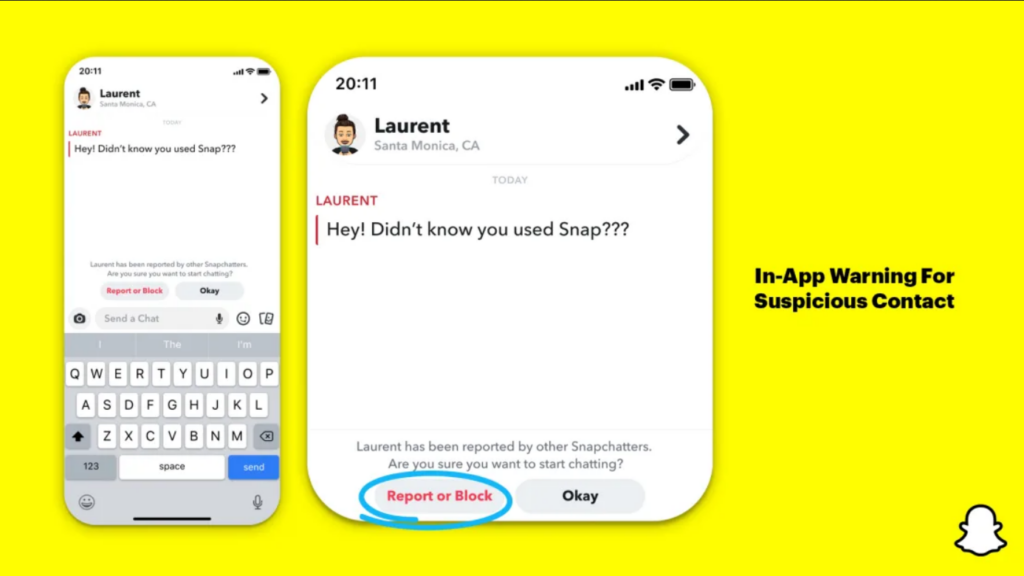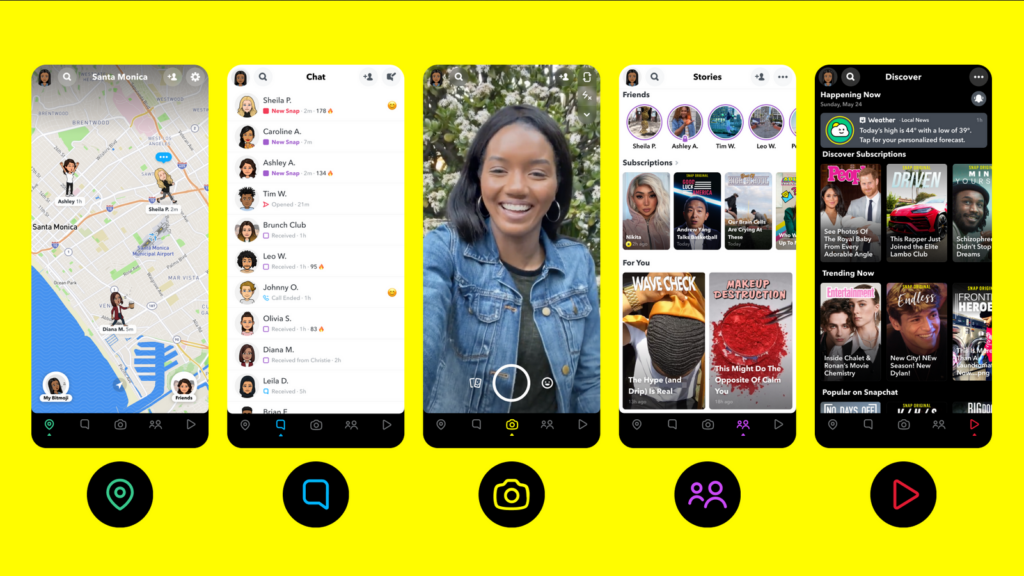Snapchat is taking significant steps to make it harder for teenagers to be contacted by people they don’t know on the app, in a bid to stop the sexual and financial exploitation scam known as sextortion. On Tuesday, the company announced a set of new safety features designed to protect teens from these threats.
One of the key updates includes expanded warning pop-ups that will appear when a teen receives a message from someone they don’t share mutual friends with or have in their contacts. Now, teens will also receive a warning message if they receive a chat from a user who has been blocked or reported by others or who is from a region where the teen’s other contacts aren’t located. These indicators suggest that the person may be a scammer, according to Snapchat’s blog post on Tuesday.
Additionally, Snapchat will now prevent the delivery of friend requests to teens from accounts they don’t share mutual friends with if those accounts are located in regions often associated with scammers.

These updates are part of Snapchat’s broader suite of youth safety measures but are specifically aimed at preventing financial sextortion. This worrying and growing type of scam across social media involves bad actors gaining the trust of young users, convincing them to send sexual or explicit photos, and then demanding payment to keep the pictures a secret.
“These features were designed to better protect teens from potential online harms and to enhance the real-friend connections that make Snapchat so unique,” said Snap’s Global Head of Platform Safety, Jacqueline Beauchere, in an exclusive statement to CNN ahead of the announcement.
Law enforcement officials have warned of an uptick in online sextortion scams in recent years. Bad actors, typically located overseas, often target children and teens using profiles that appear to belong to friendly fellow teenagers. In some tragic cases, sextortion has led to suicides.
To further enhance safety, Snapchat is also improving its blocking tools. When a user blocks another account, any new accounts created on the same device will also automatically be blocked. This update aims to prevent users from simply creating new accounts to get around a block.
Snapchat is also introducing more frequent reminders to all users, including teens, about their location settings on the app’s “Snap Map” feature. This feature is toggled off by default but can be updated to share live locations with friends. The company will now make it easier for users to update their location settings, remove their location from the map, and customize which friends they share their location with – all in one spot on the app.

These updates build on Snapchat’s existing teen safety features, which include a “Family Center” where parents can supervise the behaviour of 13- to 17-year-old users and mechanisms for removing age-inappropriate content.
This move by Snapchat follows similar actions by other social media companies. In April, Meta announced new features aimed at combating sextortion, including informing users when they’ve interacted with someone who engaged in financial sextortion. Earlier this year, the chief executives of Meta and Snap, along with other social media leaders, were called to testify in a Senate subcommittee hearing about their efforts to protect young people from online exploitation.
With these new safety tools, Snapchat aims to create a safer online environment for its young users, addressing the growing concern of sextortion and enhancing the app’s protective measures.





